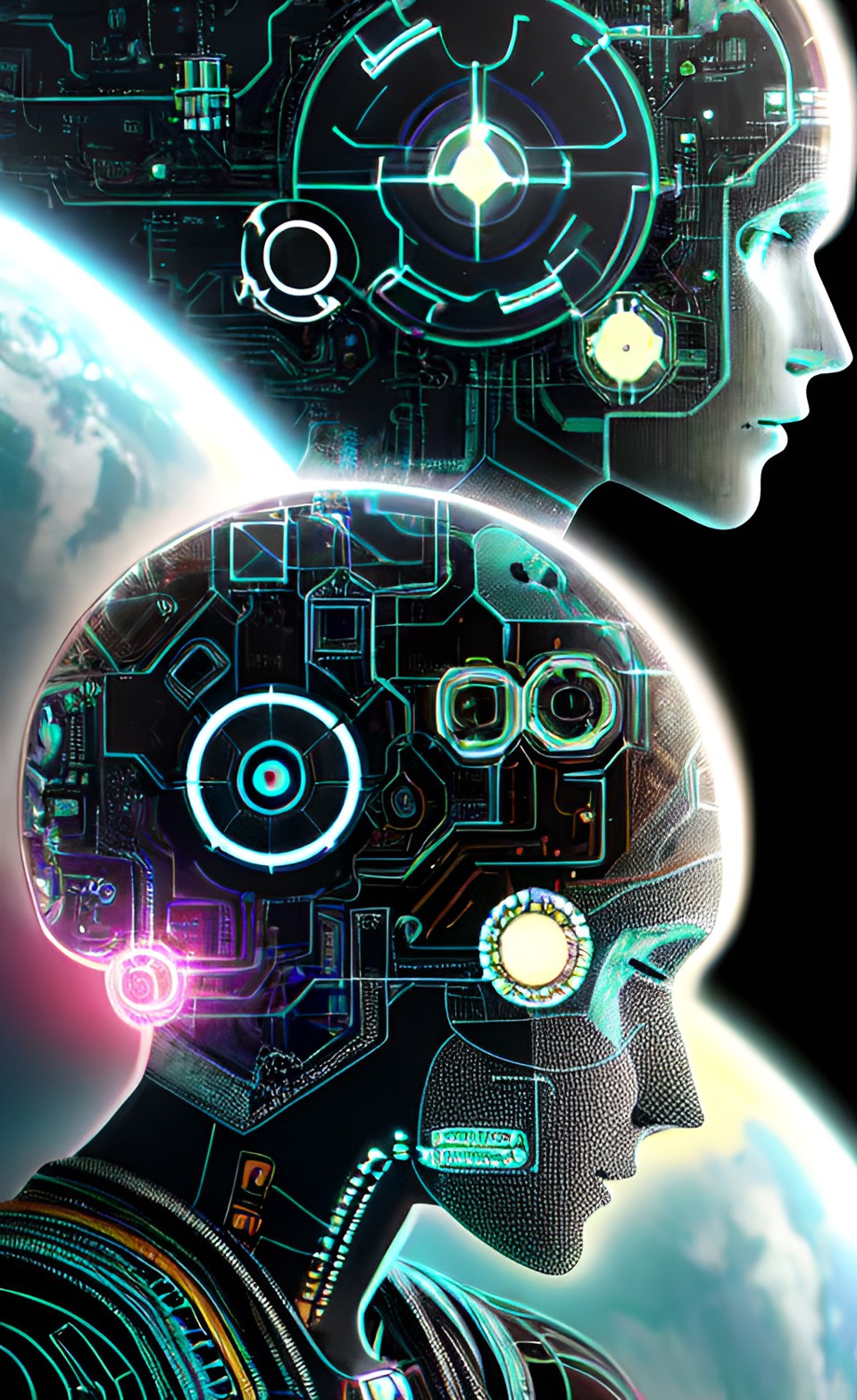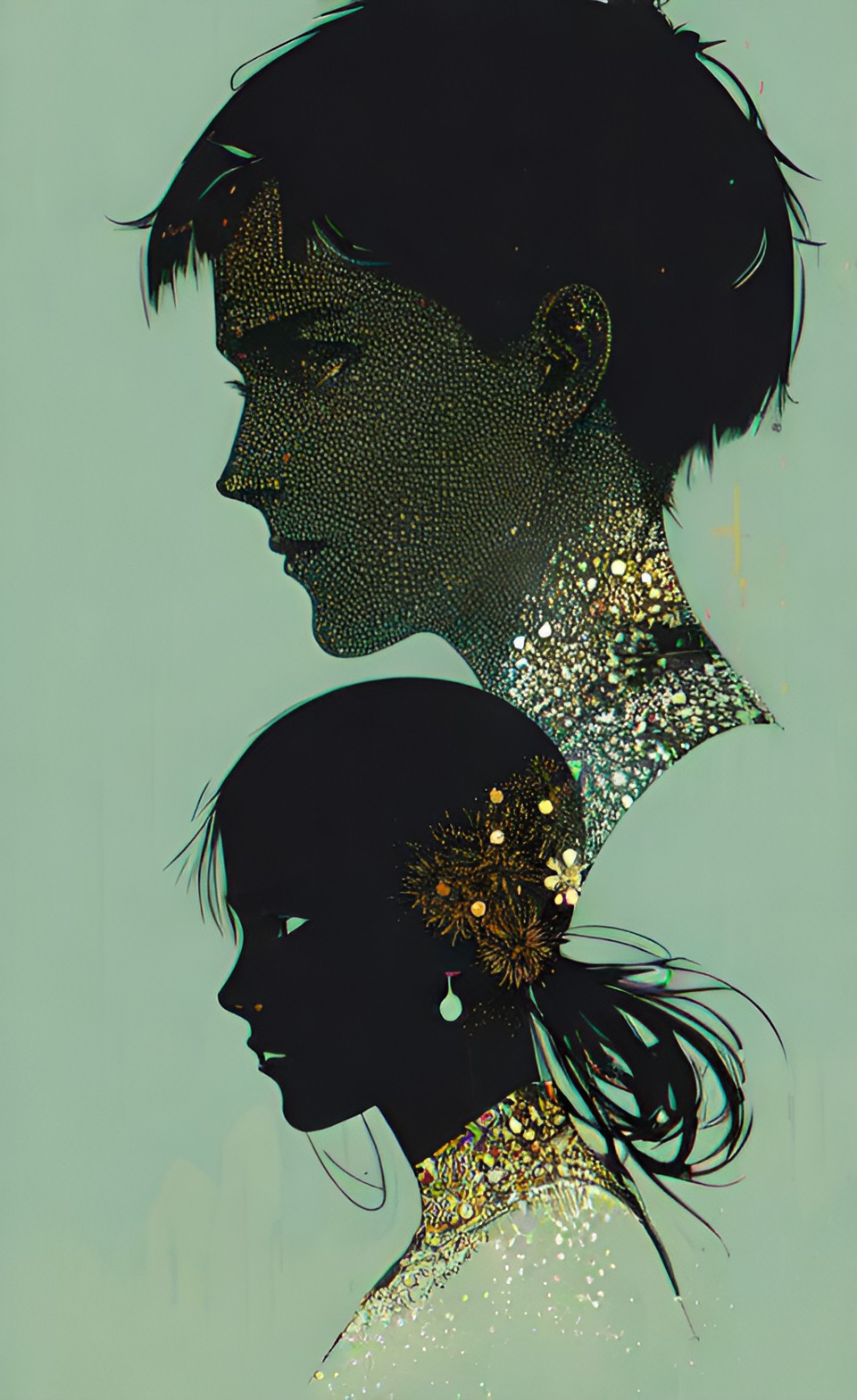
OUR POSTHUMAN LEARNERS
AI AND THE FUTURE OF EDUCATION
Ryan Straight, Ph.D
College of Applied Science and Technology
University of Arizona


OUR AGENDA
The Plan for Today
- Introduction
- Terminology
- Mediation (Postphenomenology)
- Methods (Posthuman Inquiry)
- Technology
- Future
Link to this slide deck!
INTRODUCTIONS

Ryan Straight, Ph.D
Honors/Assistant Professor in Cyber, Intel, & Information Operations
Director, MA{VR}X Lab
College of Applied Science and Technology
University of Arizona
TERMINOLOGY
Let’s speak the same language
- Posthuman
- Posthuman Inquiry & Postphenomenology
- Artificial Intelligence (AI)
- Virtual Pedagogical Agents

Image via dream.ai.
MEDIATION
Embodiment
(human – technology) → world
People and technology together relate to the world.
- You see through a telescope.
- You talk through a phone.
- There is technologic transparency.
Image via GIPHY
Hermeneutic
human → (technology – world)
- You read off a speedometer.
- We interpret an x-ray.
- We assume the translation is accurate.
- There exists a gestalt.
Image via GIPHY
Alterity
human → technology (world)
- Technology as other.
- We’re in its system, not ours.
- World withdraws; we focus on the technology.
Image via GIPHY
Background
human → (technology / world)
- Impacts our environment.
- Through this, us.
- Often don’t notice until it breaks.
Image via GIPHY
BUT WAIT THERE’S MORE
The Next Generation
Fusion/Cyborg
( human / technology ) → world
Composite
human → ( technology → world )
Augmentation
( human – technology ) → world
↘ ( technology – world )

EDUCATION
Doing Postphenomenology
… in education involves attending to the unique differences a particular technology makes to teaching practice, knowledge apprehension, and pedagogical meaning.
But How?
- Composing Anecdotes through Self-Observation
- Gathering Lived Experience Descriptions through Interviews
- Composing Anecdotes through Observation of Others
- Studying Breakdowns and the Eidetic Reduction
Image via GIPHY
Approaches
- Variational method or analysis
- Variational cross-examination
- Case study
- Conversational analysis
Image via GIPHY
THE TECHNOLOGY
Web3 & XR


Image via dream.ai.
Artifical Intelligence
“Society cannot yet be programmed.”
Arnold Gehlen, 1983, A Philosophical-Anthropological Perspective on Technology

Image via dream.ai.
THE FUTURE
Virtual Pedagogical Agents
Currently

Soon

Image via dream.ai.
Preparing Students
- Support students and staff literacy
- Staff well-equipped
- Ethics first
- Academic integrity
- Best practices

Image via dream.ai.
Our Posthuman Learners(?)


Image via dream.ai.
Back to the Dancing Doggo


THE END
That’s a wrap!
Thank you for coming! Find out more at:
Link to this talk!
References

Dr. Ryan Straight – ryanstraight@arizona.edu – @ryanstraight@hci.social